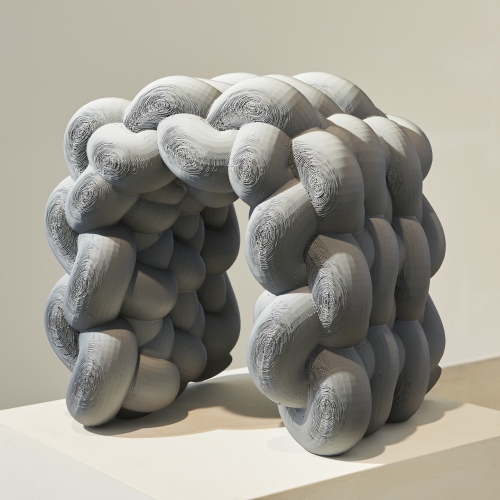You Hyemi’s furniture is simple. It is designed carefully to accommodate collapsibility while treating the material ‘as it is supposed to be’. Unlike other heavy or static manufactured furniture, her works are light and adaptable. It is perfect for the younger generation who often move around, live in a confined space yet want to tastefully furnish their own living space. Beginning with a double-decker bed she designed for herself, she pursued her career from a oneperson carpentry studio, smallstudiosemi.
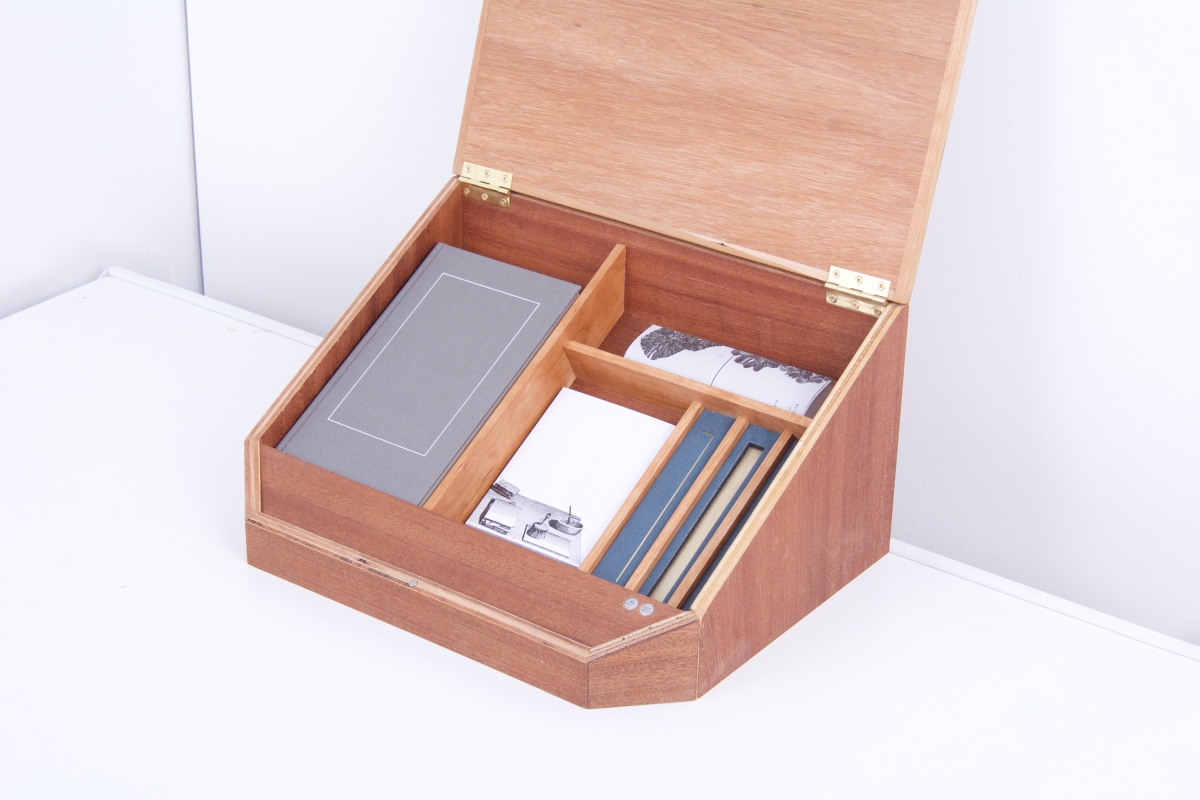
You Hyemi, reading counter
Interview You Hyemi × Choi Eunhwa
Choi Eunhwa (Choi): You majored in sculpture in college but converted to the field of furniture. As your training is in the fine arts, I expected to see some sculptural elements or at least some art-furniture among your past works, but they don’t show such visible qualities. I wonder why you pursue ‘Super Normal’ works whose quality lies in a simple form, portable and collapsible design, and the lightness of the materials.
You Hyemi (You): Back in college, I thought that only art could impress people. At that time, I clearly set my goal of becoming an artist. However, I soon began to develop a sense of reality. After graduation, I was fed up with the art world, and around the same time, I came to realise that the design is also a part of the art. I wanted to get out of the art world. I wanted to do something completely different; to do what people actually need. And I am sure it is to make furniture upon request.
Choi: In the 2017 exhibition ‘Ornament’, a statement by Adolf Loos was put forward: ‘It is a crime against the national economy that human labour, money, and material should thereby be ruined.’ It seems that you are critical about ornamentation.
You: If you just look at ornament, it can be either a design or a work of art, but when the ornament belongs to a piece of furniture, it falls into a secondary element. Furniture can be made into its most concise form with the least material. However, a single stroke of a line would mean an increase in material consumption, and the working process will be lengthened, which will eventually require more labour and cost a lot of money. What will be the use of repeating such unnecessary work?
Choi: The level of detail attended to in consideration of users’ experience, even as acute as touch, is very impressive. In particular, octagonal A4 paper tray with the four opening corners for easy distribution of papers sheet by sheet is a good example. Works from smallstudiosemi help us to recognise a certain inconvenience, which had gone unnoticed, and it solves the problem right away. Where do you usually get your ideas?
You: I observe a lot of things. The design of octagonal A4 paper tray began with the octagonal shape commonly found in traditional Korean patterns and furniture. Although octagonal shapes look beautiful and perfect, a square is best in the efficient use of materials. However, because of pointed tips, it feels uncomfortable when you touch and the edges get broken easily. For this reason, when making paper trays, corners from squares are cut to create octagons. As a result, it is not only visually satisfying but also convenient to take out the paper. Although it is made by me, I really like the work.
Choi: Do you have any other fields of interest?
You: I like to observe sports goods. The objects used in sports activities should be designed with a scientific approach. In addition, the purposes for making them are usually very specific. For example, a chair for outdoor activities is not only foldable but also capable of holding a cup in the armrest. Most of them are also collapsible and lightweight. They also have a distinctive combination of colours that are not usually applied in regular furniture design. It is practical and aesthetic in many ways. Drawing on certain aspects of sports goods, I created a vaulting box, which is the combination of A4 and A3 paper trays, a table, and a stool as well as ladder-shaped shelves and running track-shaped display stand for the Chopan Books.
Choi: You work on a lot of custom-made designs. I would like to ask about your detailed description of how this works as a process, from receiving orders to making and delivering the completed works.
You: There are a variety of requests, such as a table on which you can place multiple musical instruments at a certain angle, a room that will fit your lifestyle, a series of display furniture to be put in a showroom, and a cafe project that does everything from spatial planning to furniture making. Basically, I talk a lot with the client. For individual clients, I start with ‘What are like?’, and then continue our conversation until we discuss the lifestyle choices and circulation within the space. In case of the cafe project, we might as well start with ‘What kind of cafe do you like?’ Regardless of the size of the project, since most clients already know my works before they come to see me, I end up making furniture that I want to use for myself and designing a place that is to my taste. I always have a hard time when I have to deliver the finished works to the client because I don’t want to let go of them; I want to use them for myself. But if you don’t feel that way, something might have gone wrong, and if that’s the case then it should not be on sale. Who can possibly appreciate the work if it is unwanted even by the maker.
Choi: Your work is targeting single households, 20s and 30s, and women. What makes you attend more closely to those groups of people?
You: I didn’t initially set up a target demographic because I consider it is important to make furniture that anyone can use. However, since I am living alone, in my 20s and 30s, and a woman, it is only natural that my works are intended for them. In fact, I started my career when I decided to make one for myself. Since I tire easily, I like to change the layout of my room and move furniture around a lot, but it was often too heavy to do by myself. I thought it is not efficient to call someone to move just a piece of furniture. There seem to be many people who experience this same inconvenience.
Choi: While you mainly use wood in the early days, you have recently use metals. What caused the change? And what’s the biggest difference when treating woods and metals?
You: The studio is located in Munrae-dong, where you can easily spot metals on the street. I was thinking about what to make out of this material, and I happened to make a paper weight – bar. The cutting was done by an expert, and I did the other works. It is still not easy to predict the weight of the final product. When it comes to wood, I can sense whether ‘I can lift this by myself’, but with metal it is a different story. It gives me a different kind of joy than what wood affords. When working with wood, although it demands agonizing labour, it comes to me as a reward after the hard work. On the other hand, metal works come to me as a surprise when the work is finally brought around after manufacturing based on my design.
Choi: I know that you are interested in feminism. I wonder if it is a personal interest or if it influences your work?
You : Feminism is a part of who I am. I used to create material and write about feminism, but nowadays I focus on designing furniture. It can be more effective to continue working and becoming a professional expert in a field rather than just speaking up. In this regard, I consider myself a good feminist.
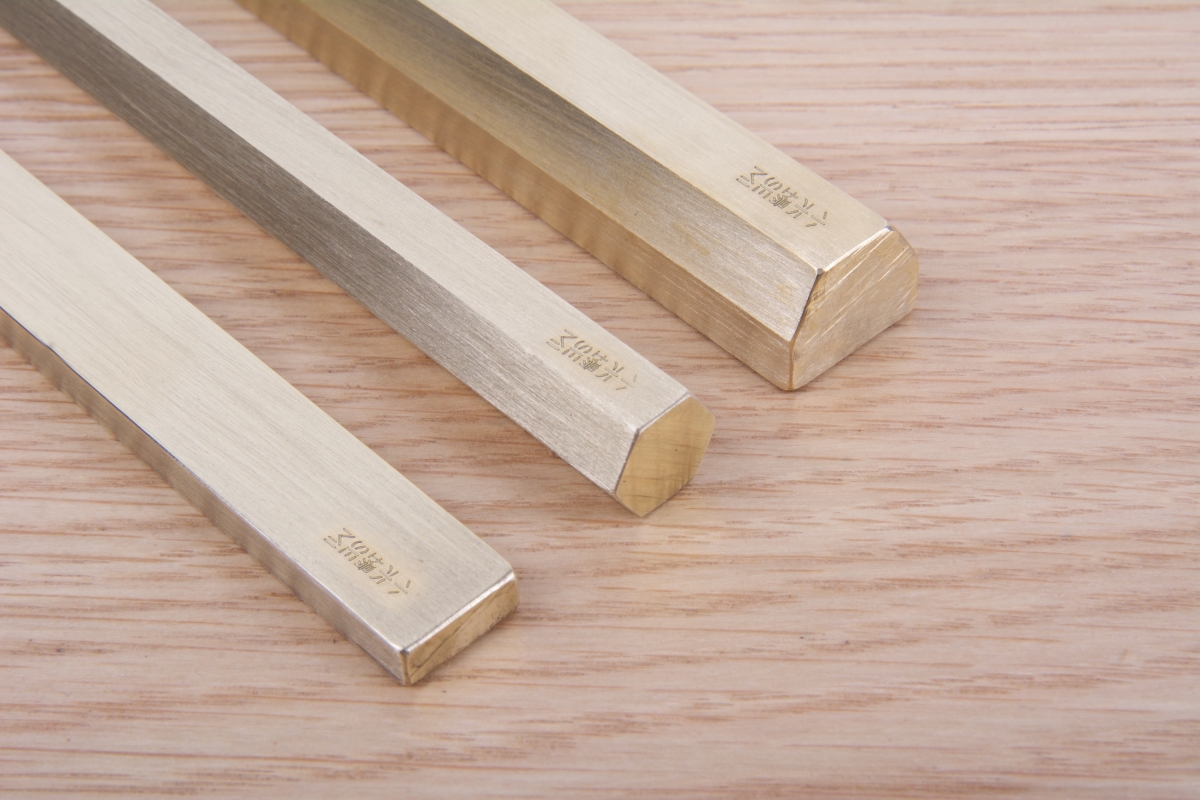
You Hyemi, paper weight – bar
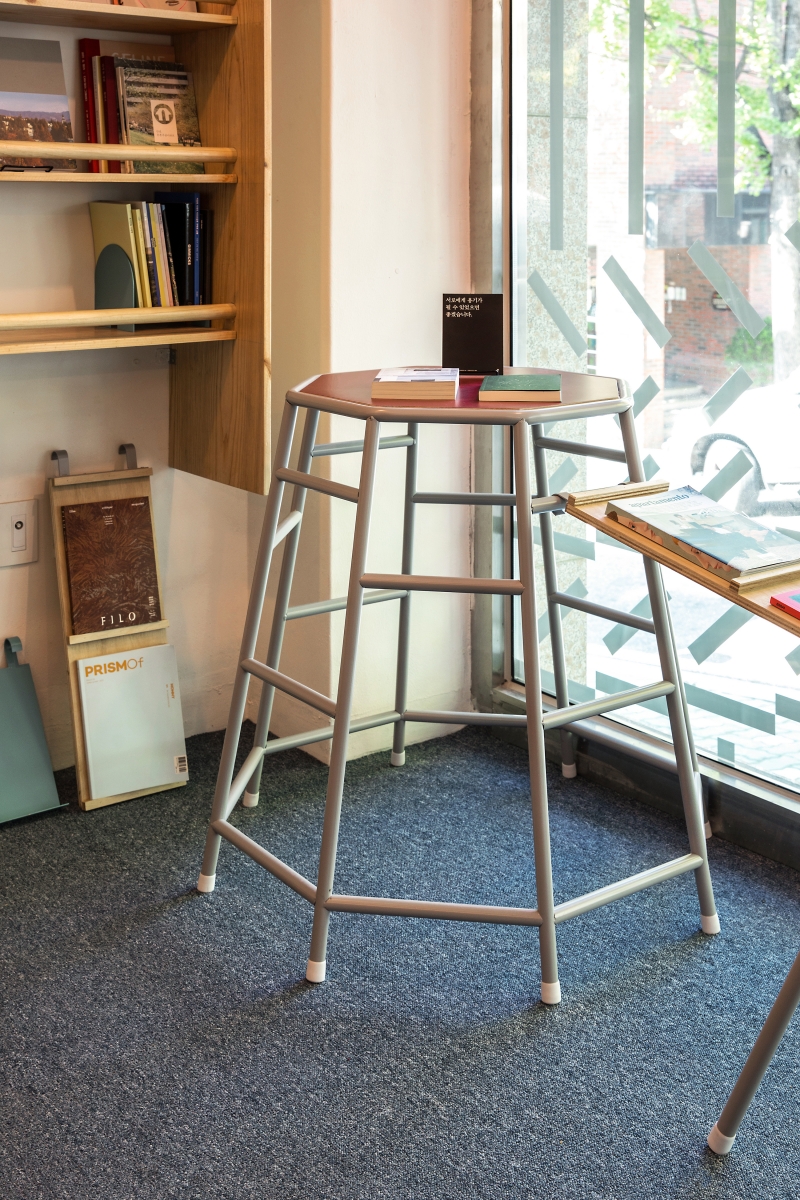
You Hyemi, ladder-shaped shelves in the Chopan books (©texture on texture)
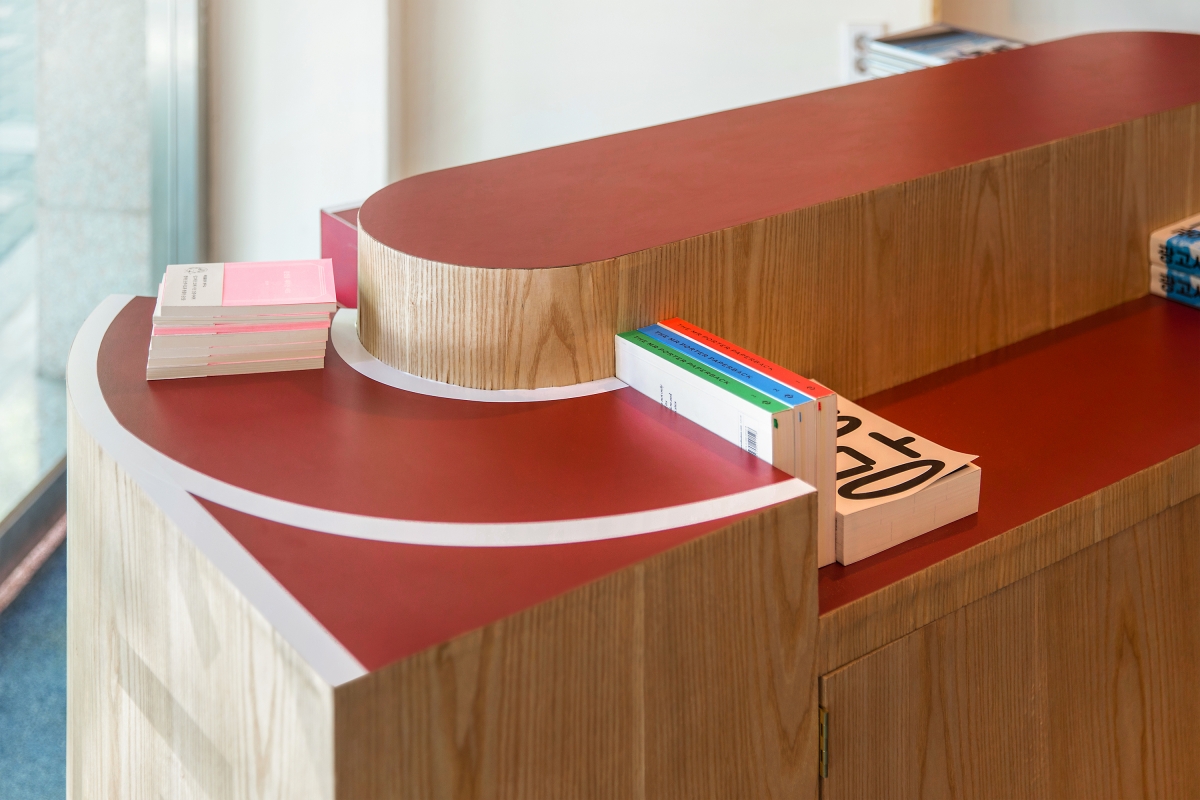
You Hyemi, running track-shaped display in the Chopan books (©texture on texture)
cargocollective.com/smallstudiosemi






